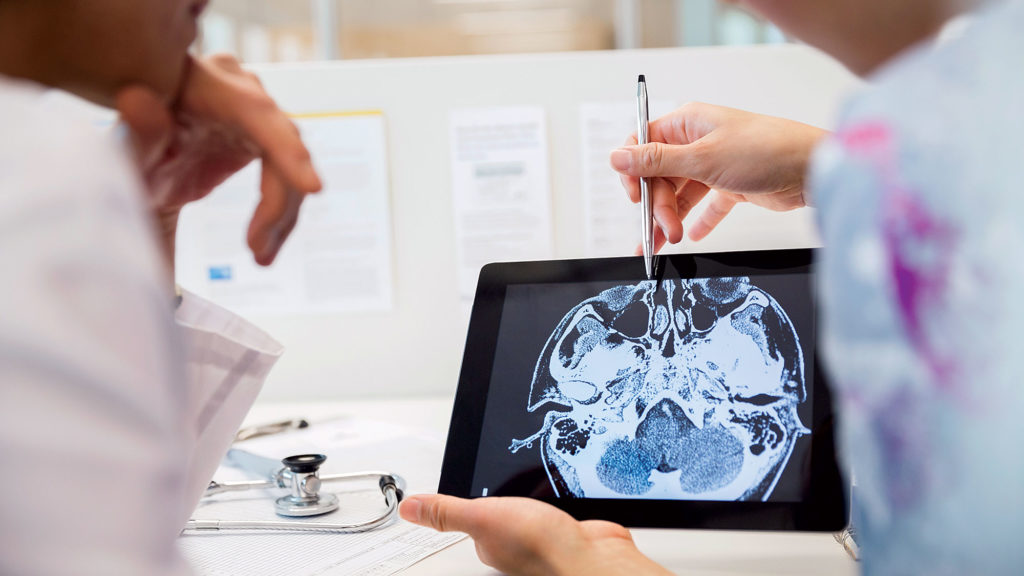
Stroke, sepsis and other conditions for which the frequency — and harm — increase with age are among the most frequently misdiagnosed, experts say.
A recent study evaluated where diagnostic error occurs most frequently in the United States and concluded that a need exists to develop “systematic solutions,” such as new technologies, to address the issue.
Diseases accounting for the most serious misdiagnosis-related harms and with high diagnostic error rates should become top priority for devising and putting in place scaling systematic solutions.  
The misdiagnosis of stroke was found to be the biggest issue, with clinicians missing it in 17.5% of cases, the study authors said.
In fact, death from stroke has begun to increase, reversing a decades-long trend as the population skews older, the McKnight’s Clinical Daily reported this year.
Overall, three-fourths of diagnostic errors occurred for what the researchers dubbed the “Big Three” of vascular events — stroke, infections and cancers — although how easy it was to miss the disease varied.
Even cutting the number of diagnostic errors in half could prevent 150,000 deaths and/or permanent disabilities a year, the researchers claim.
Some tools highlighted in the study that already are being used to improve diagnoses for stroke include computer-based algorithms to automate aspects of the diagnostic process, video goggles and smartphones that record data such as eye movements in patients, as well as virtual simulators that allow clinicians to practice diagnosing.
The study was conducted by researchers at the John Hopkins Armstrong Institute Center for Diagnostic Excellence.
Wearable technology that currently is used is more likely to treat or monitor conditions rather than diagnose them outright. Certain chronic conditions, such as Alzheimer’s disease, are the target of research in an attempt to diagnose them years before their onset.
Some newer artificial intelligence tools, however, can parse through data to help with diagnoses, either by combing through existing data or recording patient symptoms via wearables or even selfies.
There also is some promising technology for treating stroke patients after the fact, including new music therapy software and sensors that track arm movement with 77% accuracy.


